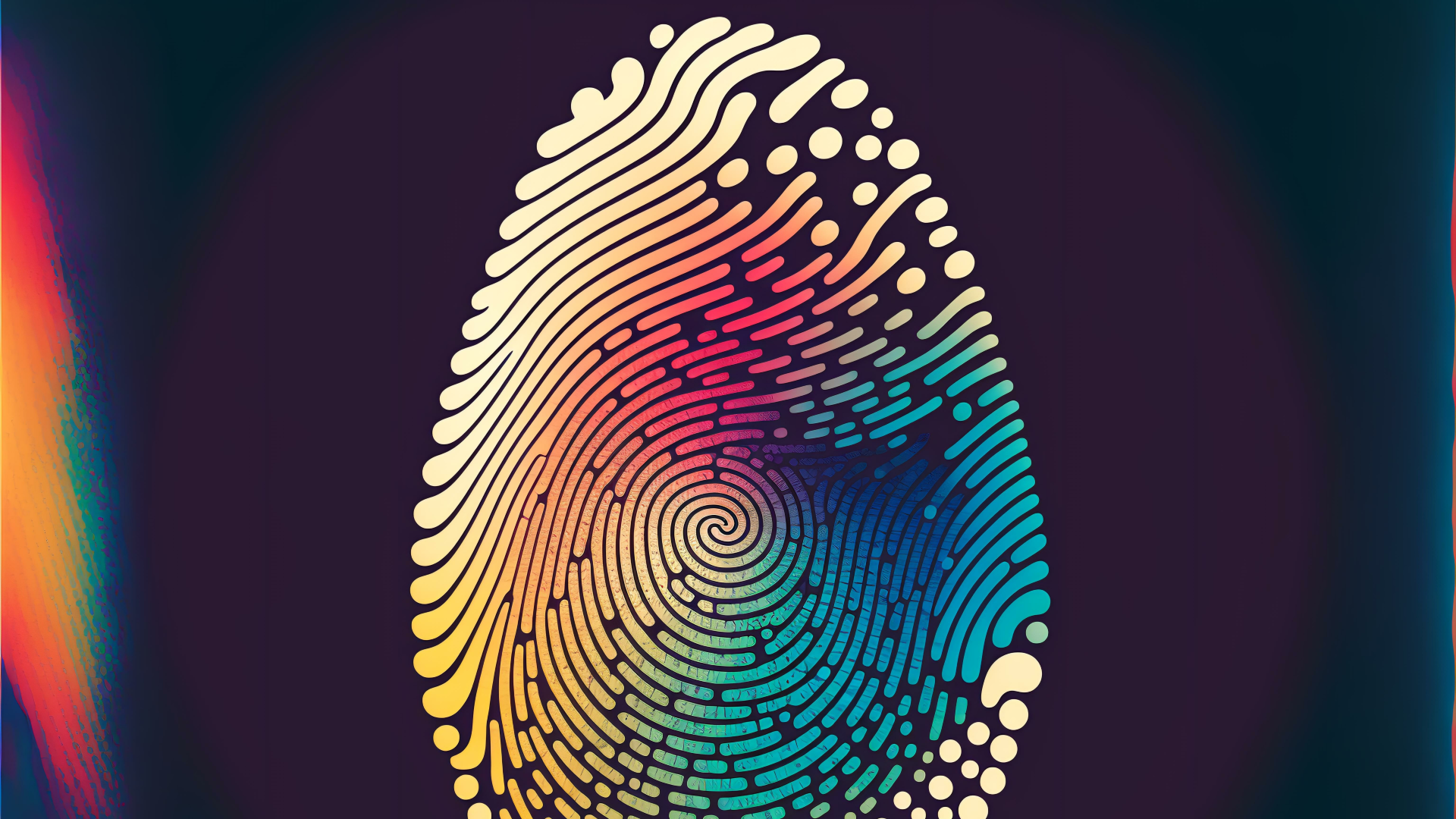Sorry, do I know you? A Critical Care Nurse’s Journey to Redefine Patient Identity Through Digital Health Innovation
“Coming in hot!” was all I heard before seeing a crowd of residents and nurses racing down the hall with a hospital bed. Unfortunately, our John Doe was unconscious and arrived without identification, so surgeons had to proceed without consent.
Amy Falzone, CCRN, CMC
As they got closer, I saw an unconscious male in a blood-soaked gown bleeding profusely from his right lower extremity. As our ICU team rapidly transfused units of blood and repeated multiple rounds of CPR, a physician determined that the man’s right leg needed to be amputated. Unfortunately, our John Doe was unconscious and arrived without identification, so surgeons had to proceed without consent. I called him Jack. It seemed more personable, and he looked more like a Jack.
Eight hours went by before police officers were standing in the patient’s doorway to confirm identification. They asked, “does he have a cat tattooed on his back?” I said yes. They continued, “does he have a scar below his left eye?” I said I didn’t know. His facial trauma was so severe that we could barely discern identifying features. However, fortunately, the wife of the patient had been contacting several hospitals and police departments to find her husband when he didn’t come home from work. Eventually, the police requested assistance from his wife to help identify the unknown man. Although initially overwhelmed with confusing shock, she eventually confirmed that Jack was her husband. After regaining her composure, Jack’s wife informed the room that her husband had been diagnosed with non-small cell lung cancer and had recently entered hospice. For the first time in 33 years, I was at a loss for words. We had just amputated this man’s leg, performed countless rounds of CPR, and placed multiple chest tubes only to discover that Jack had an active DNR order and an advanced directive clear about refusing surgical intervention.
This experience inspired the development of RapID, a Real-time Automated Patient Identification device and application enabling multi-modal immediate identification. Early identification of Jack would have prevented his unnecessary suffering and unwanted medical care. RapID's digital health platform utilizes a unique assessment of any patient and enables nurses to identify an unknown patient instantly, provide safe and efficient care, and connect with loved ones.
When I first ideated RapID, I wasn’t confident that I had the knowledge or skillset to bring it to life. But I had an important conversation with my father, who is my greatest inspiration. The beginning of his entrepreneurial journey was exceptionally challenging. He lost his father at a young age and became the sole provider for his family. However, even without a college education, he became an incredibly successful entrepreneur in Pennsylvania. So, I asked him, during my moment of incredible doubt in myself, “Dad, how did you do it and why?” He looked at me with a simple smile and replied, “Honey, because they said I would fail.” I realized at that moment that you are the author of your own destiny. Opportunities are made, not given.
My advice to those seeking to innovate is that doubt and critique will be provided to you in abundance, but you can harness them as fuel for success. The most important determinants of success are hard work, perseverance, and belief in yourself. “Failure should be our teacher, not our undertaker. Failure is delay, not defeat. It is a temporary detour, not a dead end. Failure is something we can avoid only by saying nothing, doing nothing, and being nothing.” -Denis Waitley










